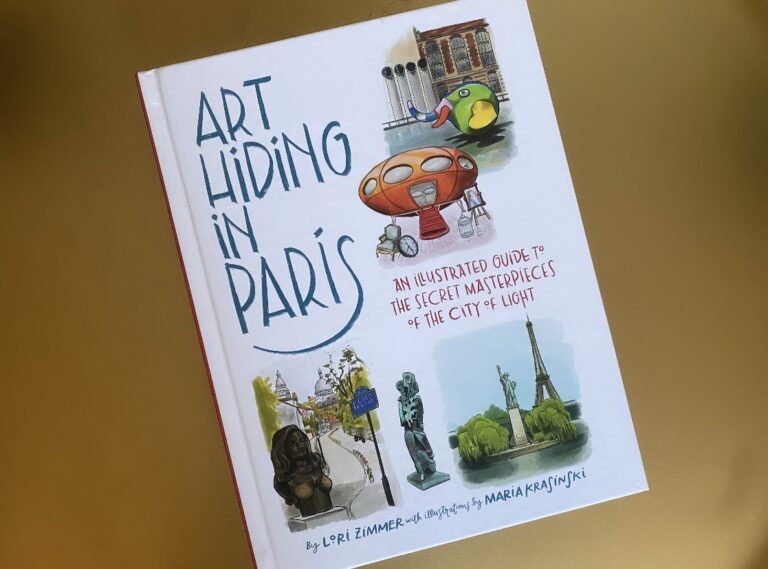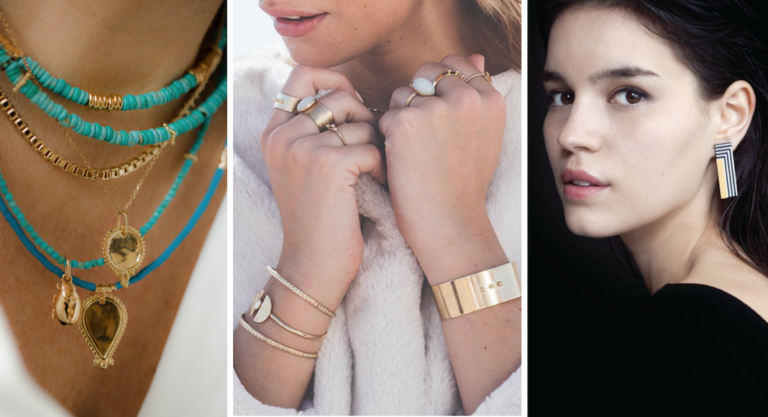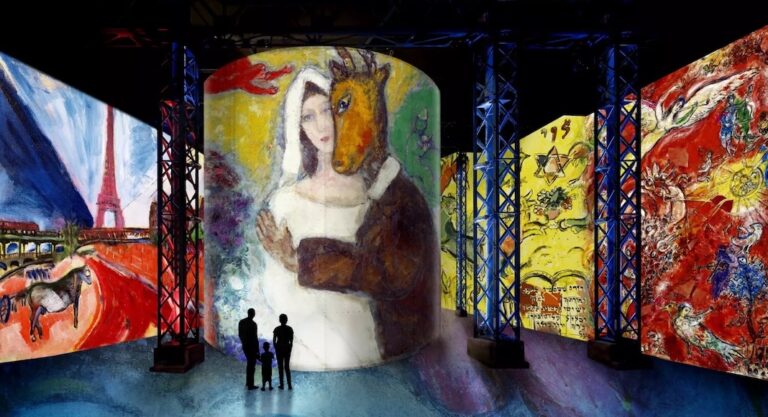“To be twenty or twenty-five in September 1944 seemed great stroke of luck: all roads opened up. Journalists, writers, budding film-makers, discussed, planned, made decisions with passion, as if their future depended only on themselves.” – Simone de Beauvoir
https://www.instagram.com/p/B4eMsIhgK5j/
After World War II ended in France there was a great necessity to satisfy the curiosity of the contemporary and a desire to rediscover humanity itself. The collective work of photography during this time period is labeled la photographie humaniste. This style is a recognition of photographers that practiced their craft during the complicated social and political climate after WWII and used humanist ideologies to portray their work. The humanist darlings, including the more famous Robert Doisneau, Henri Cartier-Bresson, and Willy Ronis, used their works to celebrate life in a poor, crumbling city by shedding light on the happiness of simple everyday tasks, showing the charm of the past, and simply putting empathy into visual history. These photographers were philosophers, first and foremost, and then reporters. These are still often the images that we use to idealize Paris despite the tumultuous time during which they were taken.
https://www.instagram.com/p/B4e08R4AlNB/
Their photographs rethink the most banal reality and return significance to it. Art was just a way of transmitting ideas, and the humanists’ ideas would travel the globe for decades to follow. These photographers made the marvelous moments of everyday life evident and tangible. This kind of social philosophy transformed the way the people saw their everyday life, especially when they saw it romanticized in magazines and newspapers. It was sort of a moral booster as well.
https://www.instagram.com/p/B4iIKOcJuTR/
The recovering post-WWII society craved for a means of resurrecting the social monotony stolen from France during the war. Many people were killed and their absence was felt, leading many people to question existence altogether, which lead to the existentialist philosophical and cultural movement in France. Still, in Paris there was an unspoken social accord that “Afin que Paris reste Paris.” This was more an allusion to getting back the traditional, raw and spoken-for Paris; that Paris is Paris again now that the war is over.
https://www.instagram.com/p/BCGUH4fwJWv/
Philosophical discussion and the arts returned in full swing soon after the final battles ended and the Nazis departed, and young and hungry photographers wandered the city documenting the human experience. Some came from abroad, but others like Robert Doisneau, Henri Cartier-Bresson, and Willy Ronis were local Parisians taking the streets hostage with their cameras, pointing at the simple tropes of Parisian life: the streets, the cafés, love and lovers, children, work and leisure.
https://www.instagram.com/p/Bz7Re32I0_Y/
Even though photography is sometimes considered as a simple mechanicals means of reproduction and neutral transcription of history, it is also an intersection of human expression and perspective. There was even a sense of nostalgia in these photographs — a post-war kind of yearning for the Paris that was no more. It was almost a matter of convincing Parisians of their Parisian-ness.
https://www.instagram.com/p/BqftEfbAWn6/
The most prominent figures of the style created the photography agency called Magnum in 1947. This group included internationally known photographers: Eugene Smith, George Rodger, Henri Cartier-Bresson, Dorothea Lange, Chim, Werner Bischof, Robert Capa, Henri Hardy, and Robert Doisneau. Their motto included being the “concerned photographer.” RAPHO agency, also specializing in humanist photography, was created just 14 years earlier by Brassaï, Boubat, Ronis Niepce and others. The importance of an agency stood in creating common agreements on what kind of themes would and would not be shot; “qu’est-ce qu’il faut faire ou pas faire…” Each agency adopted and articulated humanism as a photojournalistic philosophy.
https://www.instagram.com/p/BdLEYwThMu5/
While these works are still humanist, they’ve lost the context of the war and even the title all together. The Humanists’ images of Paris have become iconic, idealistic portraits of the city that can be purchased on four-for-1€ postcards.






